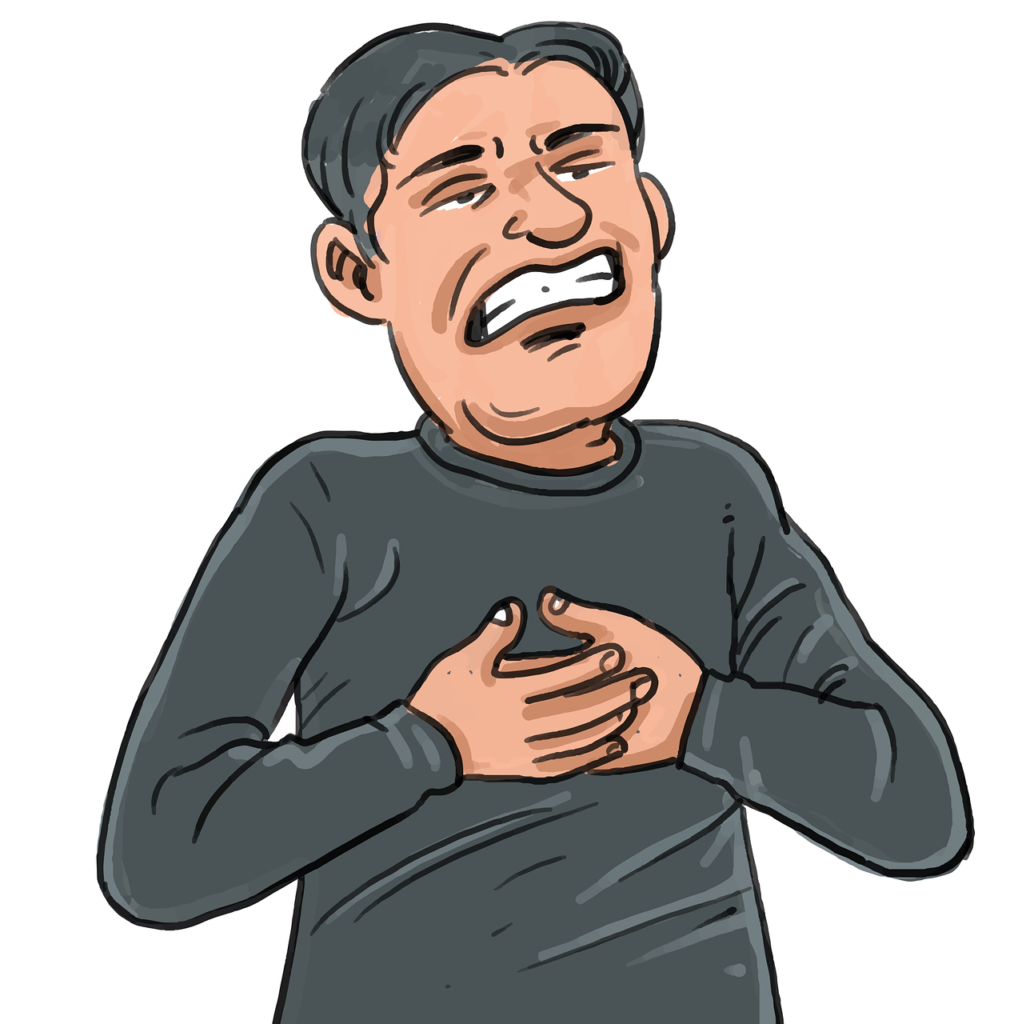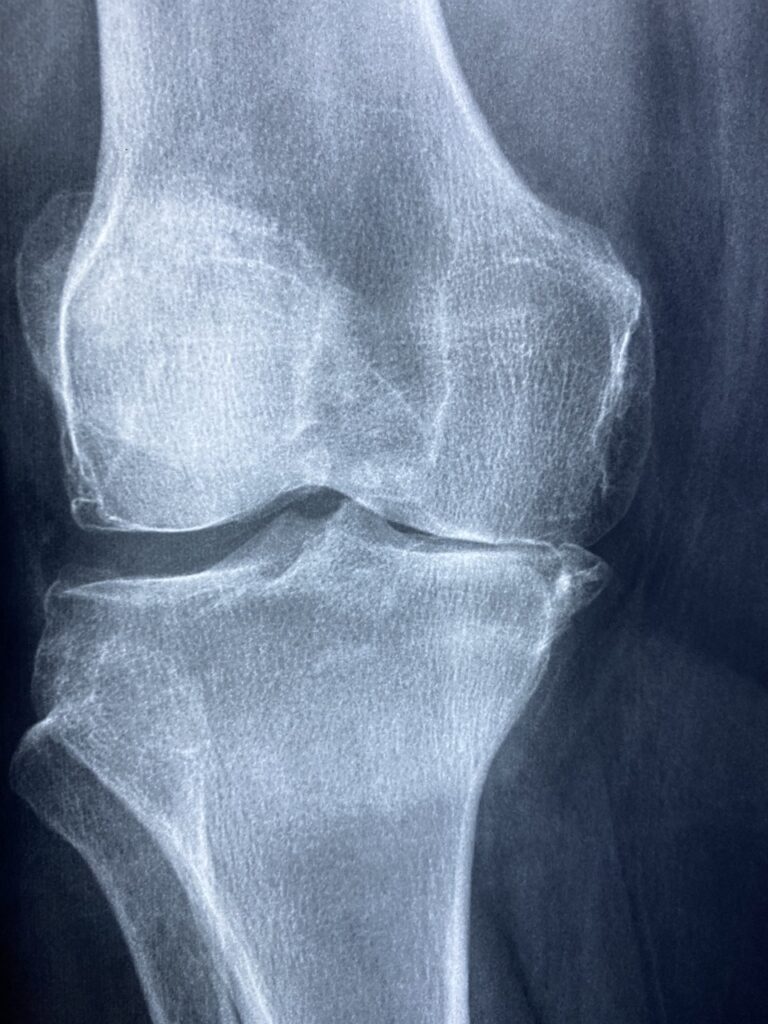Understanding Ebola Virus Disease: Pathophysiology, Pharmacokinetics, Pharmacodynamics, and Treatment
What is Ebola Virus Disease (EVD)? Ebola virus disease, also known as Ebola hemorrhagic fever, is a severe and often fatal illness caused by infection with the Ebola virus. The virus is transmitted to humans from wild animals and spreads through human-to-human transmission via direct contact with bodily fluids of infected individuals. EVD is characterized by a sudden onset of symptoms, including fever, severe headache, muscle pain, fatigue, diarrhea, vomiting, and in some cases, internal and external bleeding.
Pathophysiology of Ebola Virus Disease:
- Viral Entry: Ebola virus enters the body through mucous membranes or breaks in the skin and initially infects immune cells, such as macrophages and dendritic cells.
- Viral Replication: The virus replicates rapidly within host cells, leading to widespread dissemination throughout the body, particularly in organs such as the liver, spleen, and kidneys.
- Immune Response: Ebola virus infection triggers an intense immune response, characterized by the release of pro-inflammatory cytokines, which can contribute to tissue damage and organ dysfunction.
- Vascular Dysfunction: Ebola virus infection causes vascular endothelial cell damage, leading to increased vascular permeability, coagulation abnormalities, and hemorrhage.
Pharmacokinetics (PK) and Pharmacodynamics (PD):
- Pharmacokinetics: While specific pharmacokinetic studies for Ebola virus treatments are limited, antiviral medications such as remdesivir have been shown to have favorable pharmacokinetic profiles, including rapid distribution to target tissues and sustained intracellular concentrations.
- Pharmacodynamics: Pharmacodynamic studies of Ebola virus treatments focus on assessing their efficacy in inhibiting viral replication, reducing viral load, and improving clinical outcomes. Antiviral drugs like remdesivir exert their pharmacodynamic effects by interfering with viral RNA replication and polymerase function, thereby inhibiting viral replication and spread.
Treatment of Ebola Virus Disease:
- Supportive Care: The mainstay of treatment for EVD is supportive care to manage symptoms and complications, including intravenous fluids, electrolyte replacement, and supportive therapy for organ dysfunction.
- Experimental Therapies: Several experimental treatments have shown promise in treating EVD, including antiviral medications such as remdesivir, monoclonal antibodies, and convalescent plasma therapy.
- Vaccination: Vaccination plays a crucial role in preventing Ebola virus infection and controlling outbreaks. The rVSV-ZEBOV vaccine has been shown to be highly effective in preventing EVD in clinical trials and is recommended for use in outbreak settings.
- Infection Control Measures: Strict infection control measures, including isolation of infected individuals, contact tracing, personal protective equipment (PPE) for healthcare workers, and safe burial practices, are essential for preventing transmission of Ebola virus.
Conclusion: Ebola virus disease is a severe and life-threatening illness with a complex pathophysiology and limited treatment options. Understanding the pathophysiology, pharmacokinetics, and pharmacodynamics of Ebola virus treatments is crucial for developing effective therapies and improving outcomes for patients with EVD. While supportive care remains the cornerstone of treatment, ongoing research and development of novel antiviral medications and vaccines offer hope for controlling future outbreaks and reducing the global burden of Ebola virus disease. Early detection, prompt medical intervention, and implementation of infection control measures are essential for containing outbreaks and preventing further transmission of the virus.




